How can you hide heating radiators from your eyes, so familiar and necessary in our housing? Can a home master afford to pass by such a field of activity? Hiding an old radiator or creating an incredible design that will adorn new appliances is not a difficult task. Making a screen for a heating battery with your own hands has not only an aesthetic function, but often a practical application. For example, you can come up with an additional surface for a lamp, books, various little things or a small table for doing homework, reading books. In the children's room, a special screen will protect babies from burns, because central heating systems often sin with pressure surges.
About heat dissipation
The heating battery, hidden behind an elegant decorative screen, will add positive emotions to our lives. Such a thing can not only hide unsightly old structures, but also become part of the style of the room. When planning to create something grandiose for radiators in your apartment, you should not forget about maintaining the heat transfer of the device.
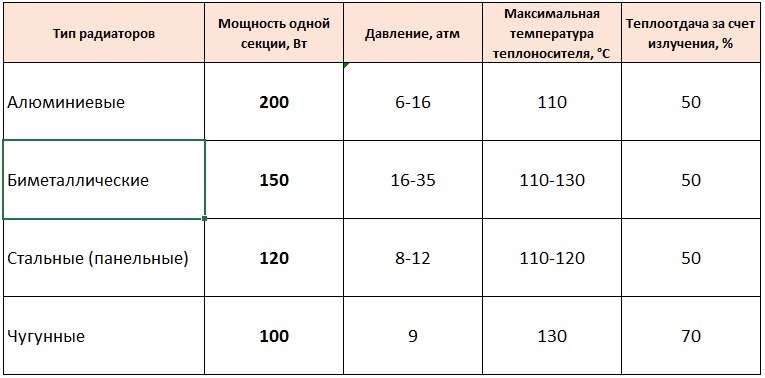
Thermal energy consists of two parts:
- Radiant. It is emitted by streams of infrared radiation from the heated surface of the radiator. If it is heated to 50°C, then the proportion of this energy is small. As the temperature rises, the radiation power also increases.
- convective. The heat from the battery is transferred by mixing hot and cold air.
A decorative screen on the radiator will inevitably block access to the flows of two energies, therefore, part of the heat will not enter the house. With unsuccessful designs in the form of a box, hot air will partially accumulate inside without the possibility of escaping to the outside. The heat transfer process is disrupted, part of the heat will simply go to the next room. When packing the radiator in a beautiful box, 3-7% of heat energy is lost. It is impossible to completely avoid such a loss, but there is a possibility of its reduction. To do this, you need to choose the right screen design.
It is important! The screen mounted on the radiator is responsible for the distribution of infrared flows and air distribution. Therefore, the front of the structure must have many holes.
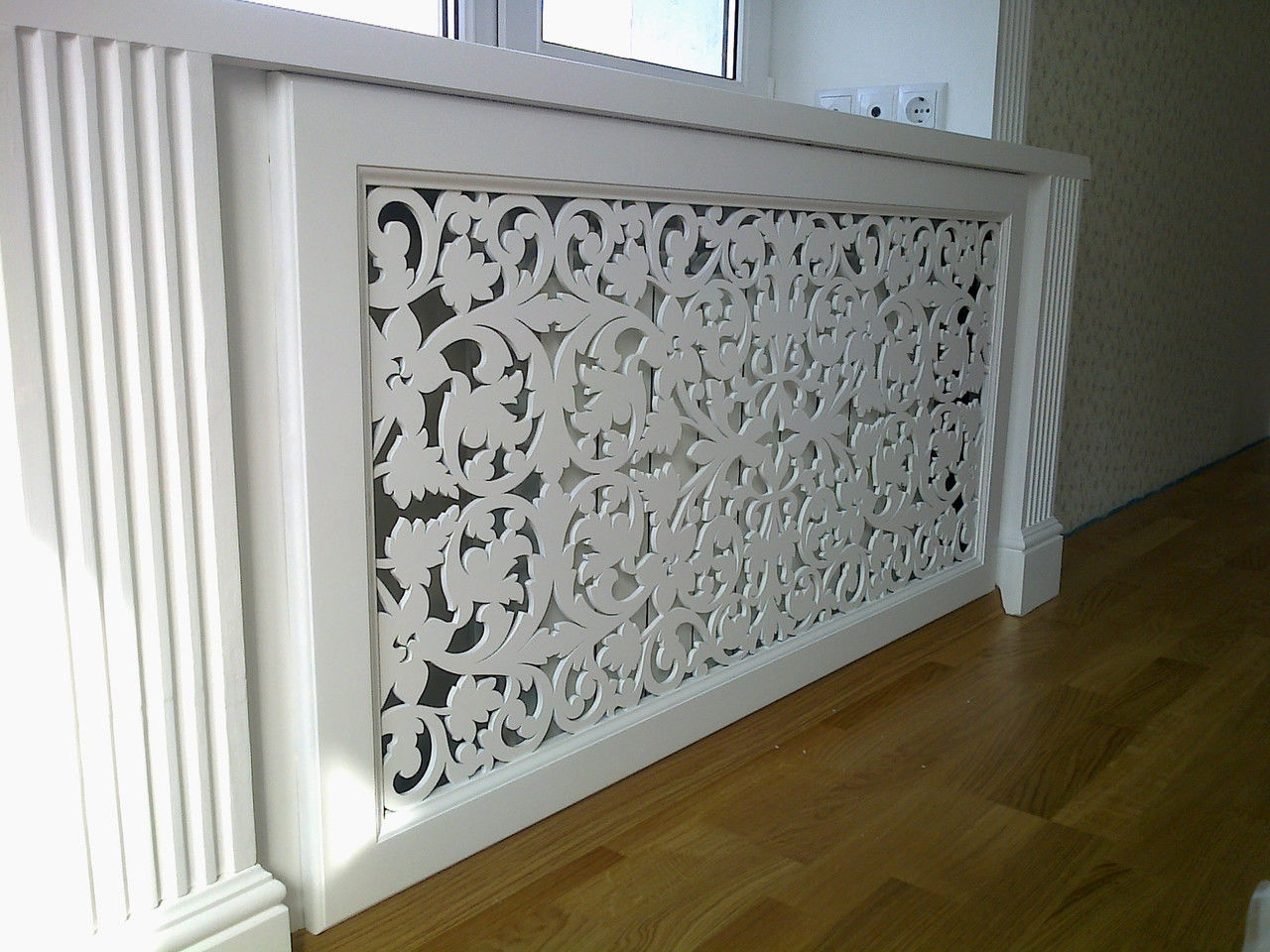
Types of screens for a radiator
The modern construction market provides various materials and tools to fulfill their ideas. Let's consider various options.
Metal screens
They have good thermal conductivity and affordable cost. Thermal energy losses are only 3%. For manufacturing, thin sheet metal covered with a polymer film may be suitable. On sale there are various shades of such a coating. But working with metal is not so easy.
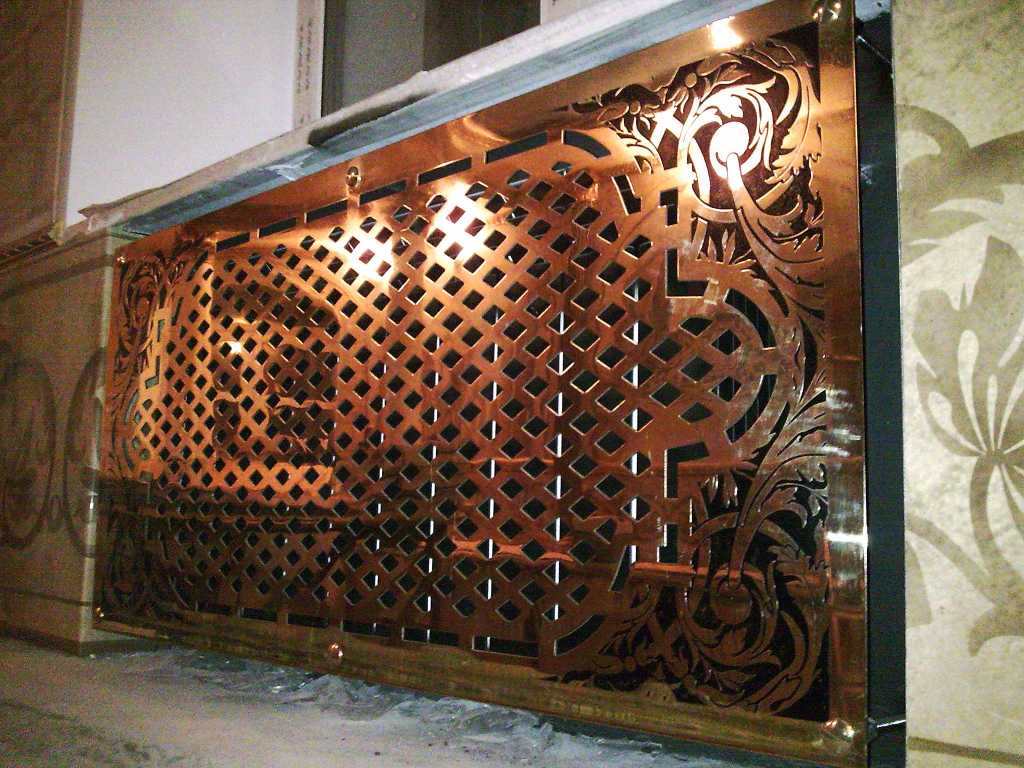
Wooden screens
Good, eco friendly option. The artist's imagination is not limited by anything. But for boxes and decorative lattices, well-dried wood is selected. Then the natural structure of the material and beauty will help to make a spectacular model. After the screen is made, it must be coated with a special compound. Otherwise, cracking and deformation may occur. Requires constant care.
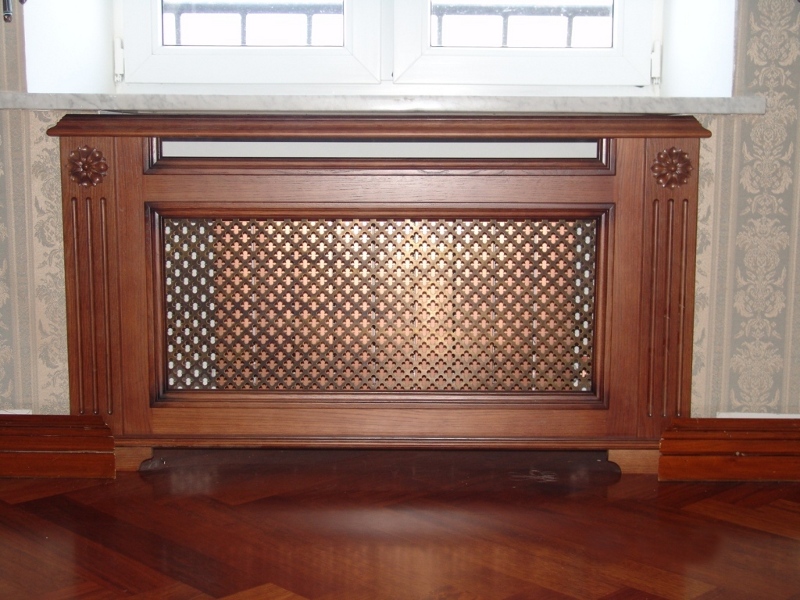
This material does not conduct heat well and can warp from exposure to hot temperatures. The plastic is inexpensive and looks neat. But you do not need to purchase cheap options that, when heated, begin to spread a chemical smell and release harmful substances.
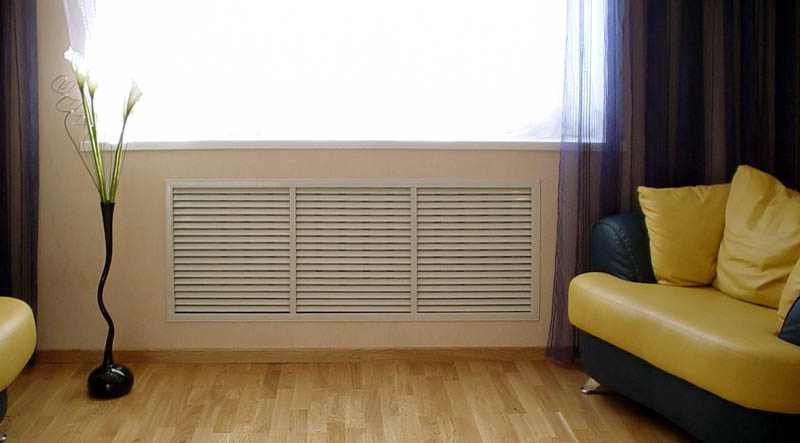
The most common option for decorating heating radiators. It is not as capricious in care as wood, it is easy to process even at home. The material is durable and strong. And the price is the most affordable among analogues.
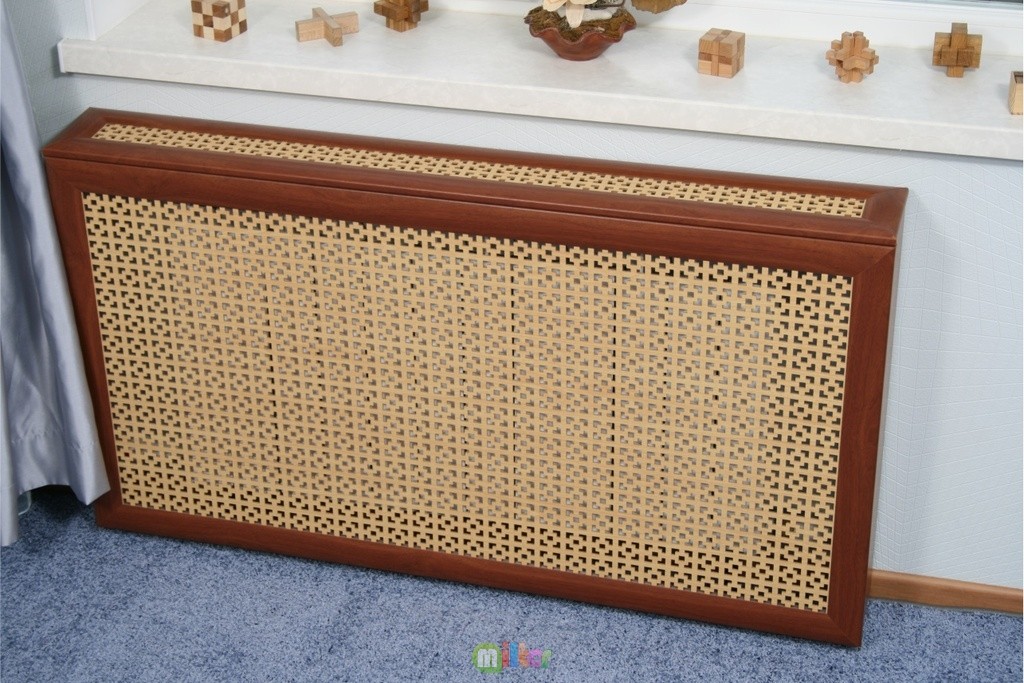
Types of screen devices
The main part of the screen is its front part in the form of a rectangle with holes that provide warm air access to the room. The presence of the top and side surfaces often dictates the location of the radiator.
There are three main types of screen according to the installation method:
- flat panel;
- screen with hinged part;
- imitation cabinet or box.
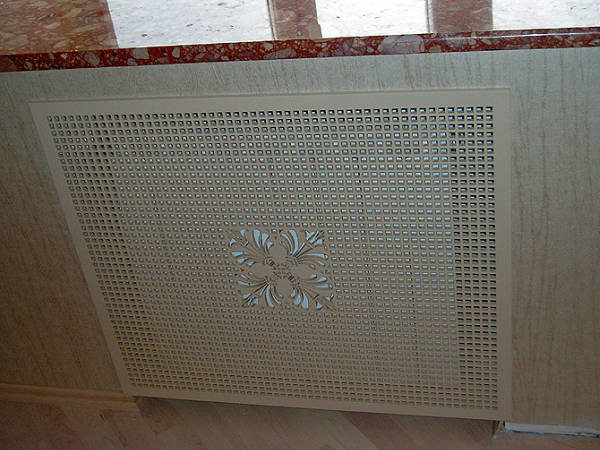
Flat panels are placed if the battery is in a niche. The radiator, located under the windowsill, can also be decorated with a separate panel and decorated in the same style with the interior of the room. This option is also performed in the form of a facade with legs, which will close the device in the manner of a screen.
The hinged cover is mounted on batteries that protrude slightly. It usually consists of two surfaces located on top and from the front of the radiator. Its sides remain free.
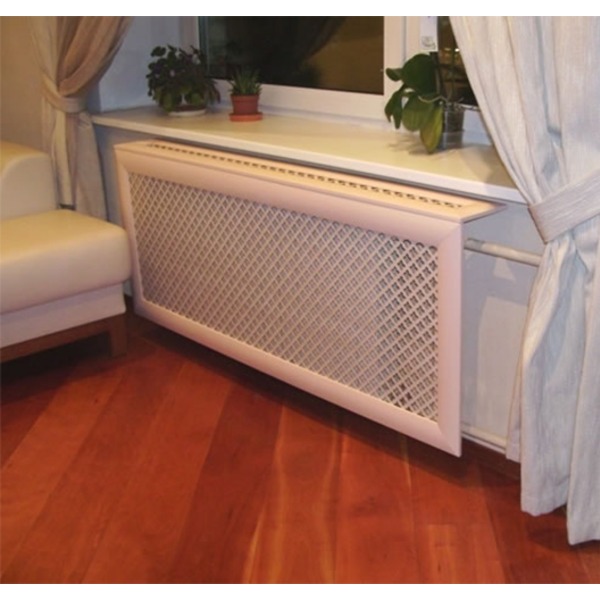
A box or imitation "a la cabinet" completely hides the radiator. This option creates an additional surface on which you can hold various little things, put lamps. But here you should not forget about the presence of many holes for the release of warm air.
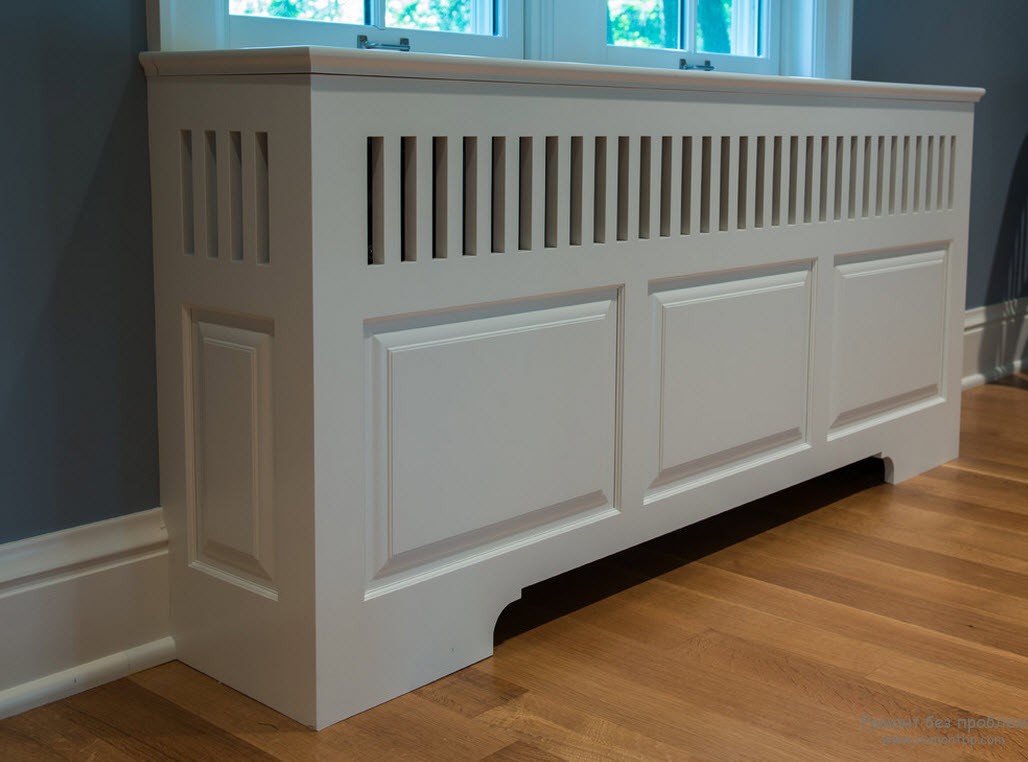
Some subtleties in the manufacture of the screen
Before you mount the screen on the radiator with your own hands, you need to install a reflector behind it. To do this, you can use foil, after wrapping it with a piece of plywood. This design will reflect heat rays and redirect them into the room. The level of heat transfer increases.
It is important! Additionally, heat loss can be reduced if the inner surface of the screen is painted radical black. Due to this, our product will take more heat from the radiator and release it into the surrounding air.
When creating options for the screen on the radiator yourself, consider how they will be removed and disassembled. This design should provide hassle-free access to the battery in case of an accident or simple cleaning. There is also an annual drain and fill of the heating system when some problems are possible.
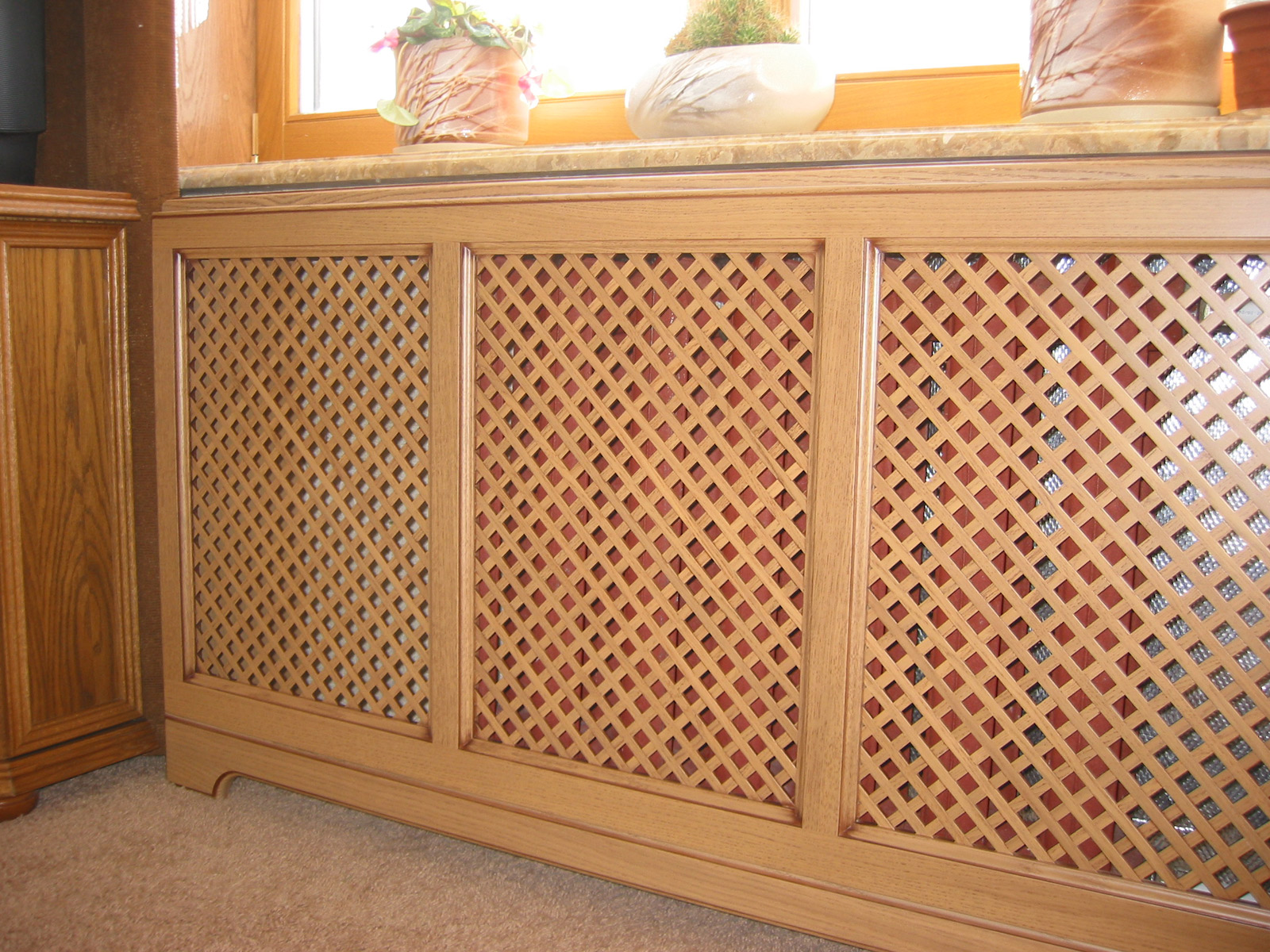
Trying to make a screen for the radiator yourself
Lattice screen
A simple screen for the radiator consists of a panel with wooden gratings in the frame. The slats are located in any direction: horizontally, vertically, diagonally. You can also conceive a cellular lattice, for which the opposite laying of the rails is performed. The angle at which the slats are located can be not only straight.
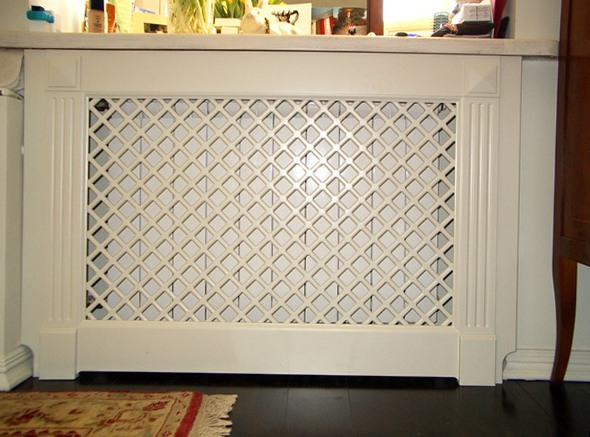
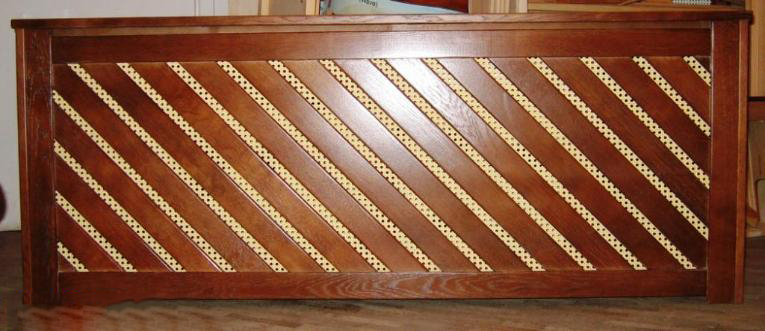
As an option, a screen is made in the form of blinds. It will resemble traditional wooden shutters. Reiki in the frame are located at an angle to the base. This is done using parallel cuts. Given the size of the rail, two cuts are made with a hacksaw, and the excess tree between them is removed with a narrow chisel. Such notches are made at the right angle and according to the number of prepared slats.
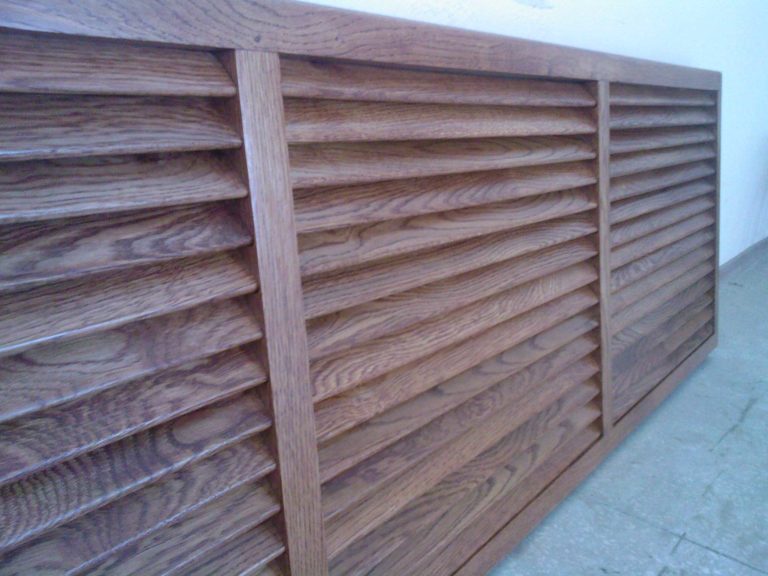
First, the frame is mounted according to the size of the radiator. After that, rails are attached to it. It is only necessary to use dry material so that during operation it does not dry out and does not warp. All parts are carefully sanded, strengthened with glue or self-tapping screws, primed and coated with the selected varnish or paint.
Screen-box
It is easy to make a screen with your own hands on a heating radiator from MDF material. To do this, knock down the box under the existing battery and sheathe it with a decorative panel. You can purchase various options for the color and shape of the holes. Or order the execution of a drawing according to your sketch on a special machine. You can also make simple holes yourself.
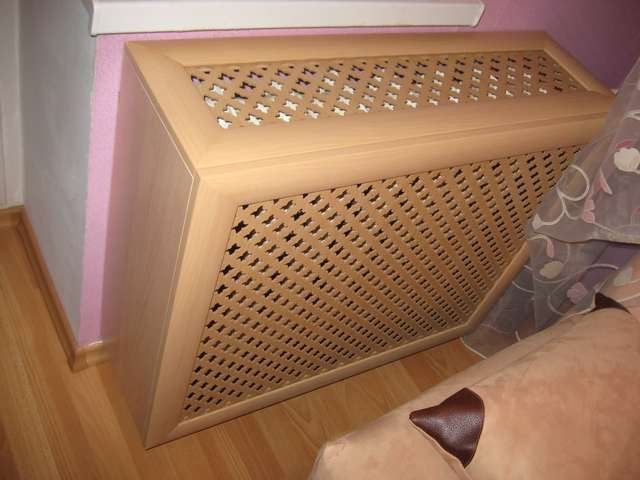
The following tools may be required for work: a drill with drills and a circular saw, a hacksaw, a furniture stapler, screwdrivers.
As for the materials: we choose a chipboard or MDF board, a metal mesh, self-tapping screws and screws for fastening, glue, two furniture legs.
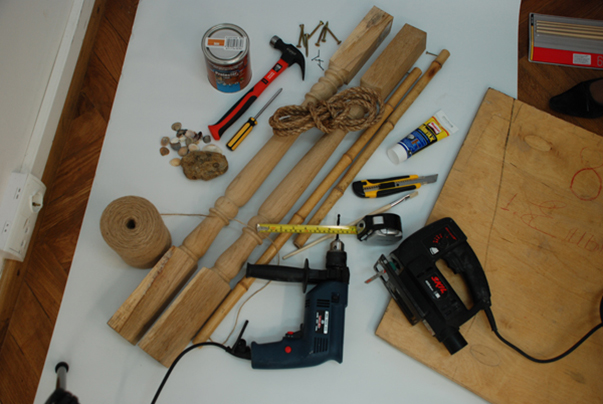
Work is underway to create a screen on the radiator in the following sequence:
- We take the dimensions from the battery. We add 7-10 cm to the existing width, 3-5 cm to the height. We measure the required values on the prepared plate and cut it out along the lines obtained with a circular saw. We get the outer side of the screen.
- For depth, add 3-4 cm to the top of the box, we know the width. Cut out in the same way. Now we know the dimensions of the side parts of the future product. Cut out these details.
- In the front part, we cut out the necessary holes, having previously drawn them with a pencil on the plate. Patterns can be of any shape and depend on the imagination and skill of the performer.
- On the wrong side, we fix a thin metal mesh covering all the holes. This can be done with self-tapping screws or using liquid nails.
- We connect all the blanks with the help of metal corners, placing them inside the box and using the same self-tapping screws or screws for fastening.
It is important! If simple materials are used, the side surfaces of the box can be wrapped with wallpaper with an adhesive layer to match the color of the front panel. Wooden parts are best covered with stain. Experts do not advise using varnishes and oil paints.
Feet are attached to the bottom of the screen for stability.
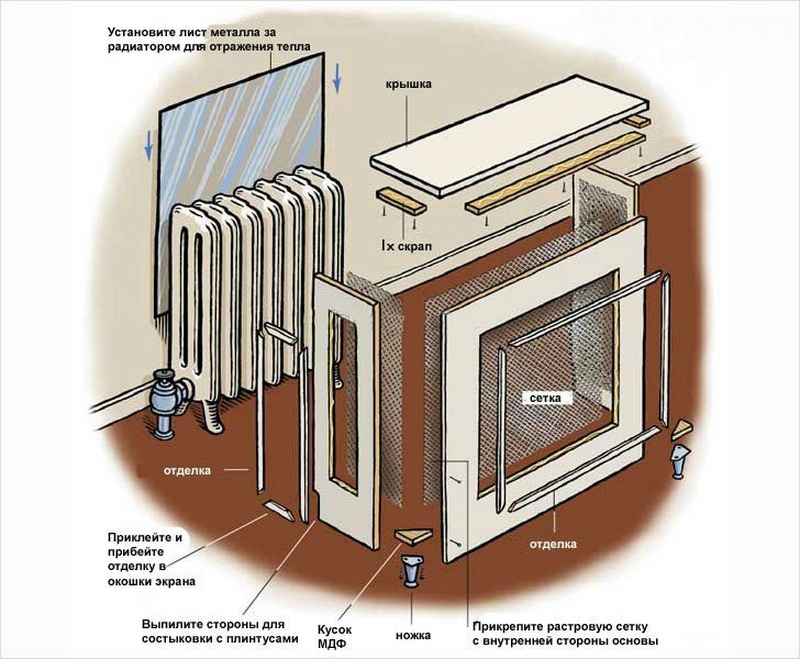
Of course, this instruction is quite schematic and does not explain all the points. But the main direction of work can be understood. The rest depends on the courage and desire of the home master.
Errors in the manufacture of a screen for a radiator
Independent production of a decorative screen for a heating radiator has its own characteristics. Failure to do so may result in battery misuse, heat loss and waste of money.
- The main mistake is a small number of holes in the front of the screen. This leads to the transfer of heat to other rooms.
- Unsuccessful options lead to the accumulation of air in the upper half of the screen, which disrupts the optimal convection process.
- Incorrectly made and mounted metal casing can lead to large heat losses up to 25%.
Photo gallery (16 photos)
Wooden grid for the battery
